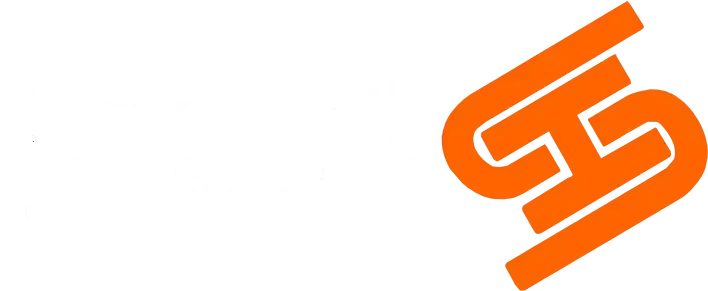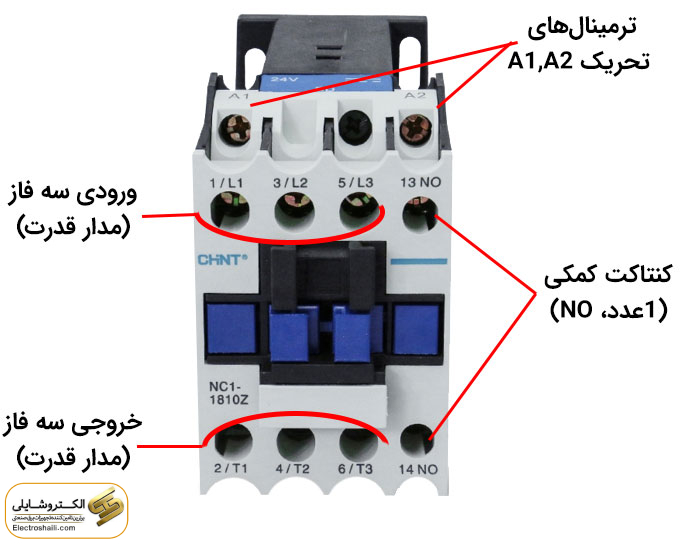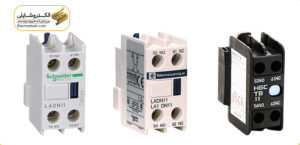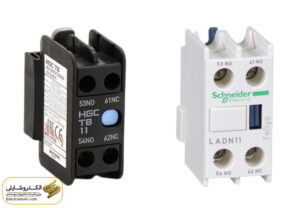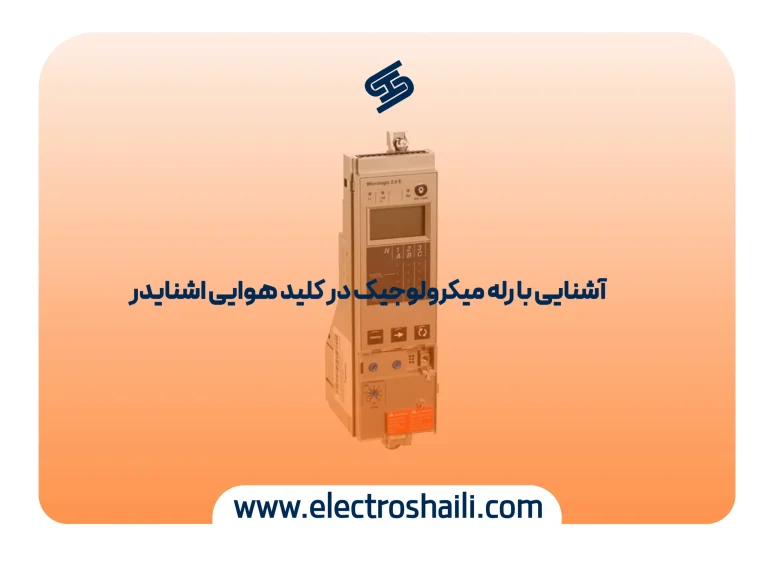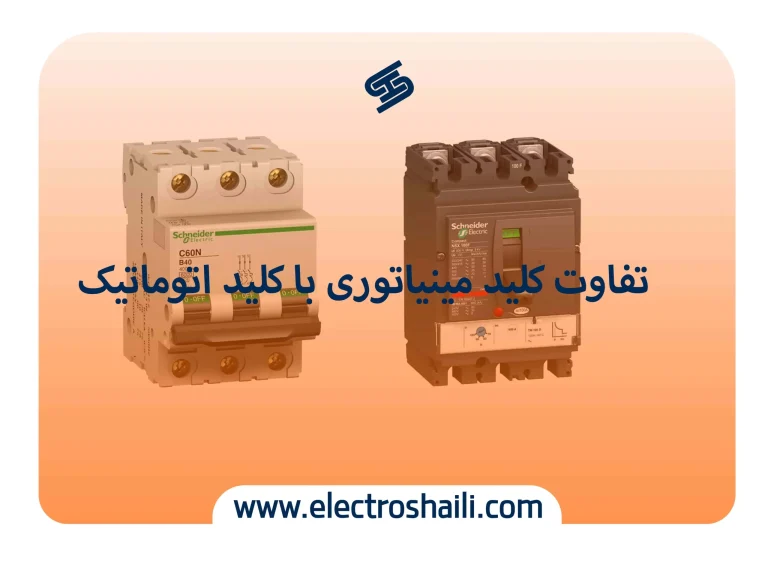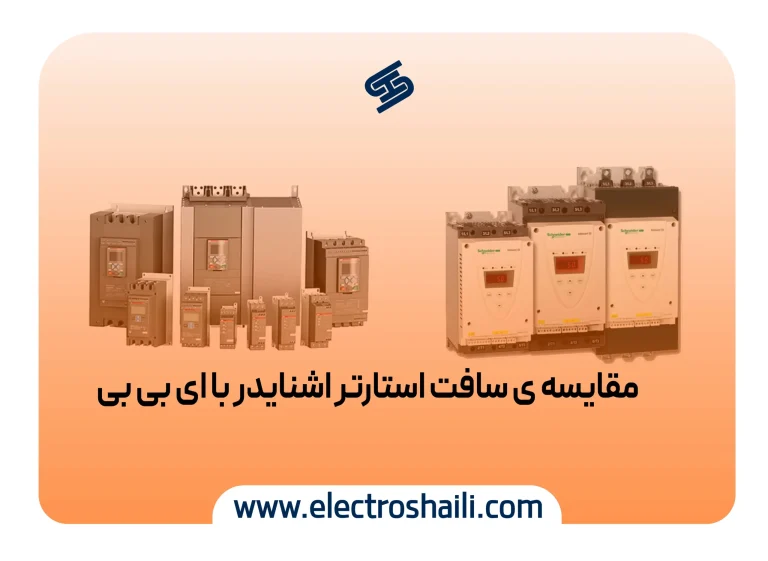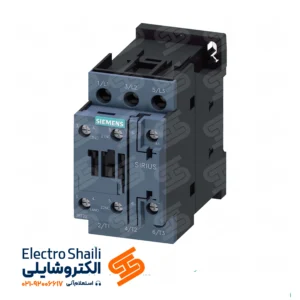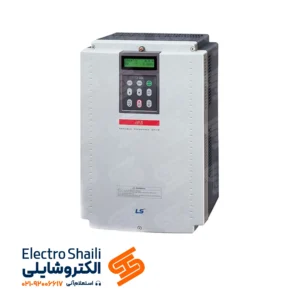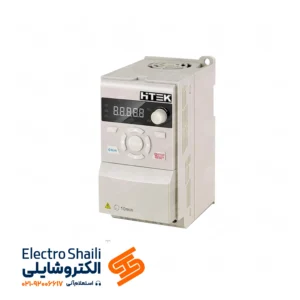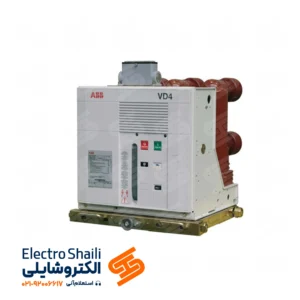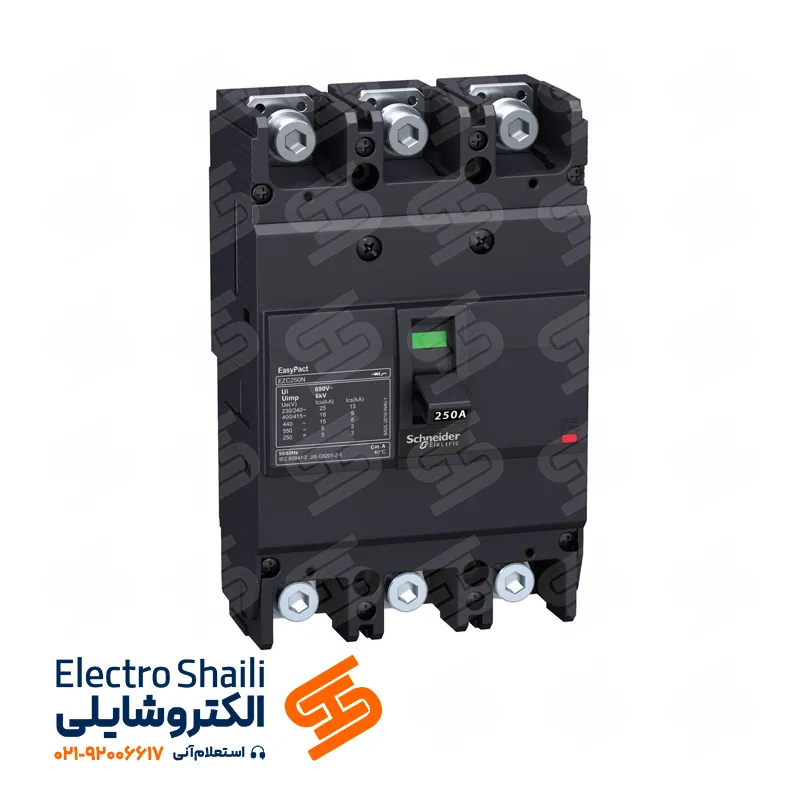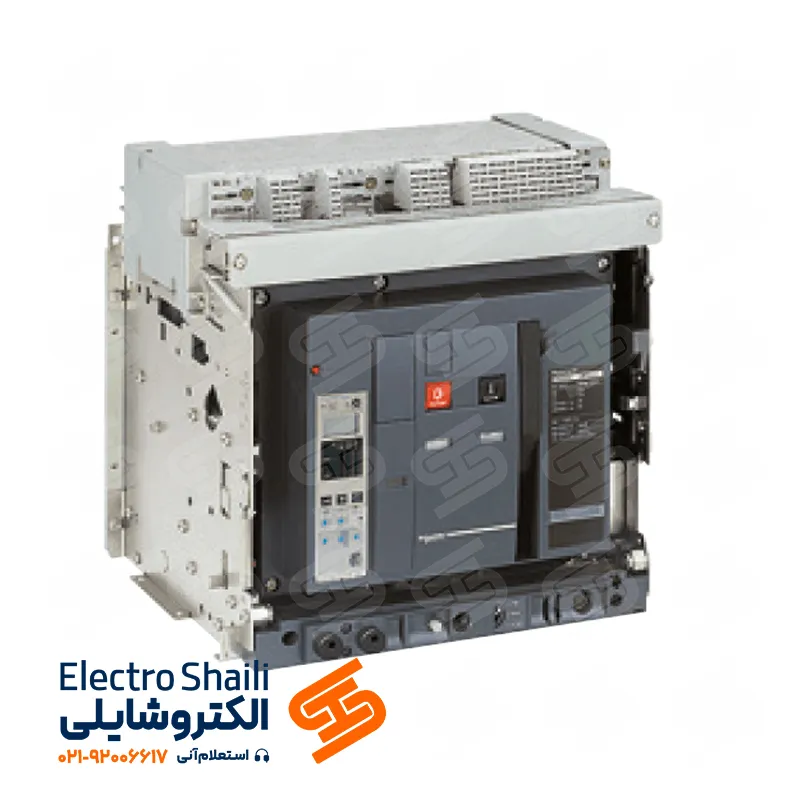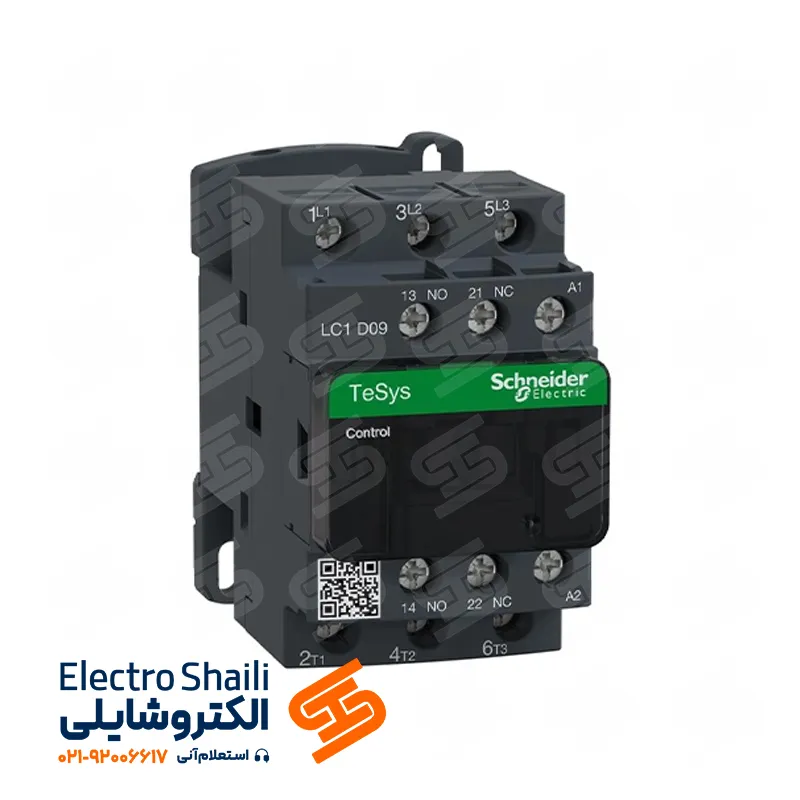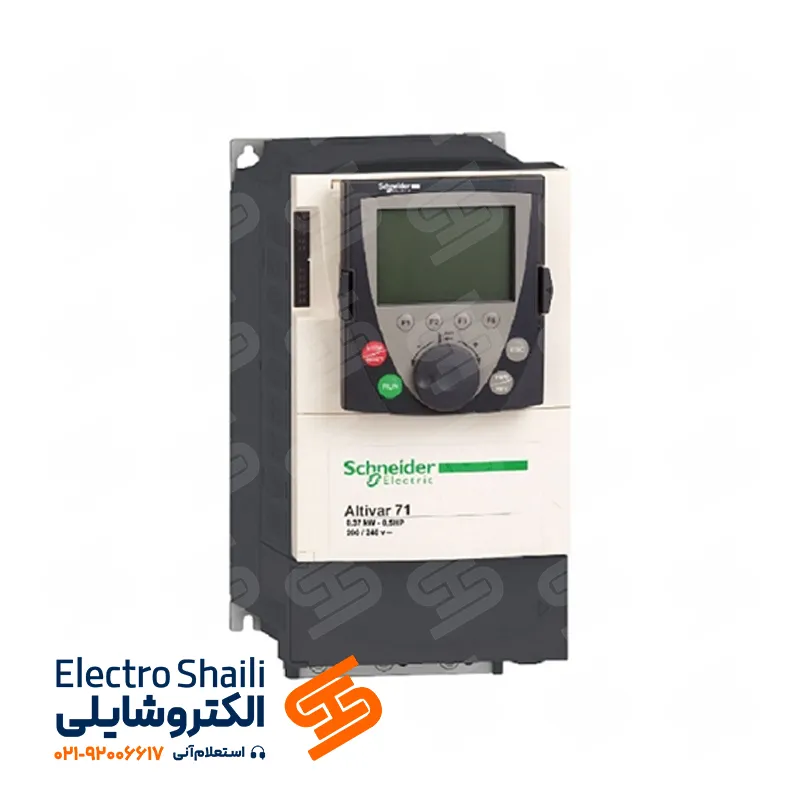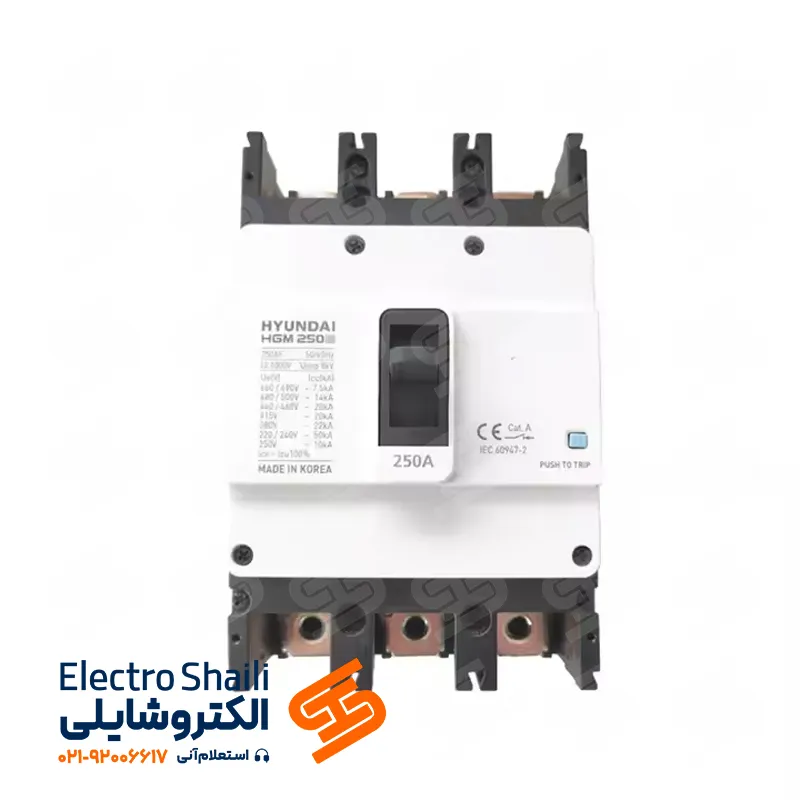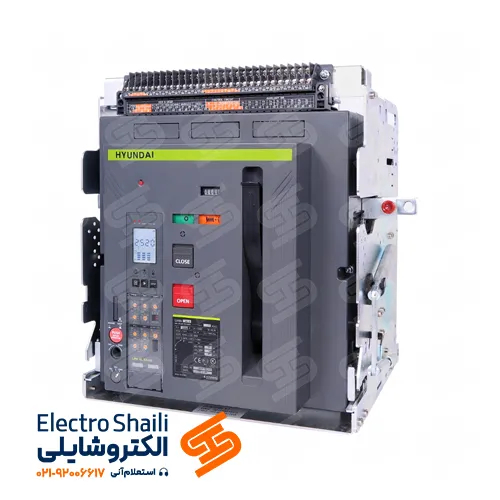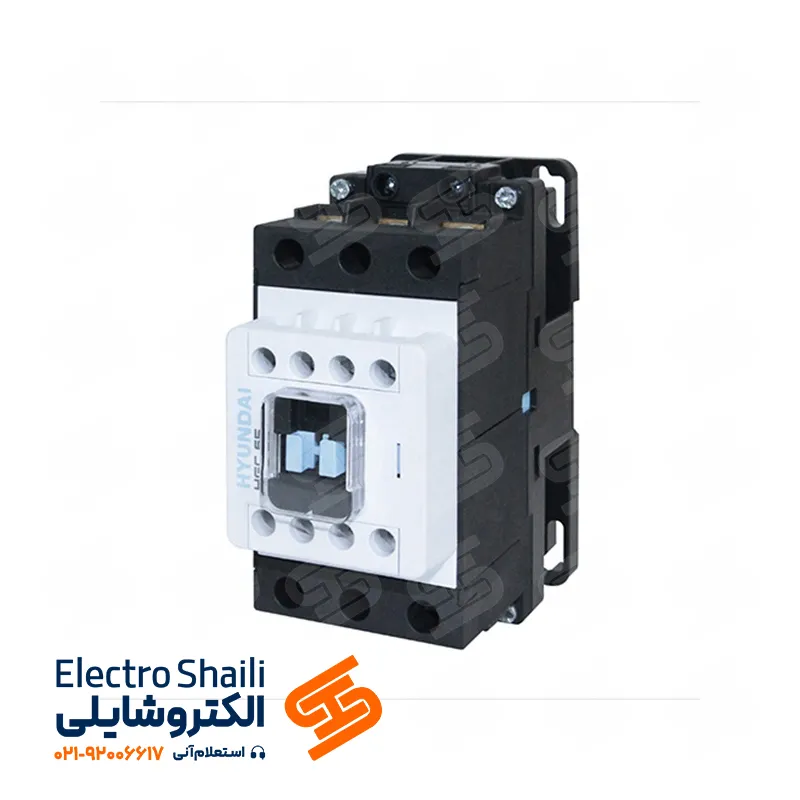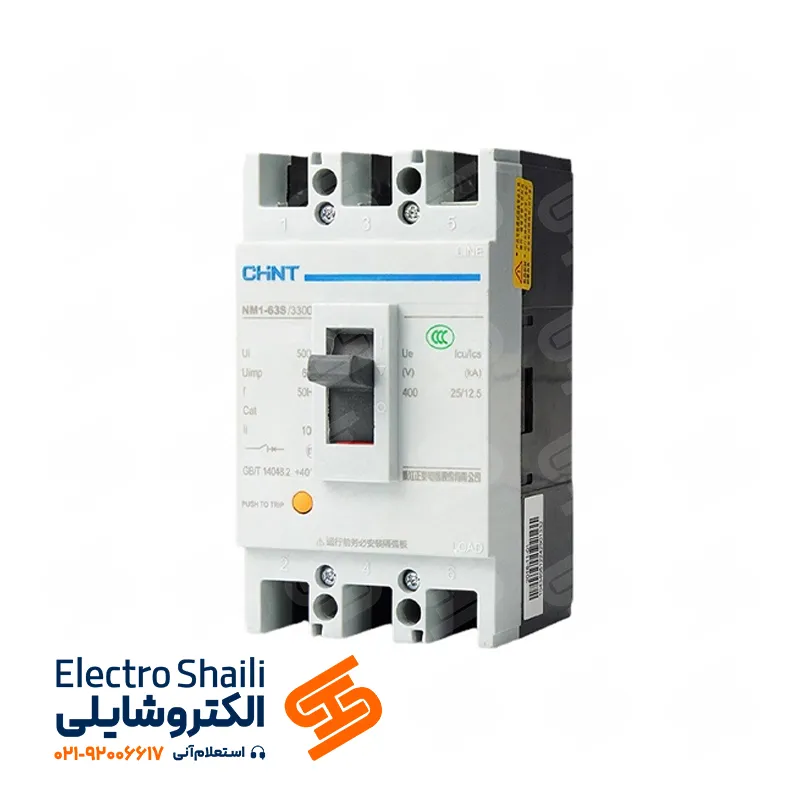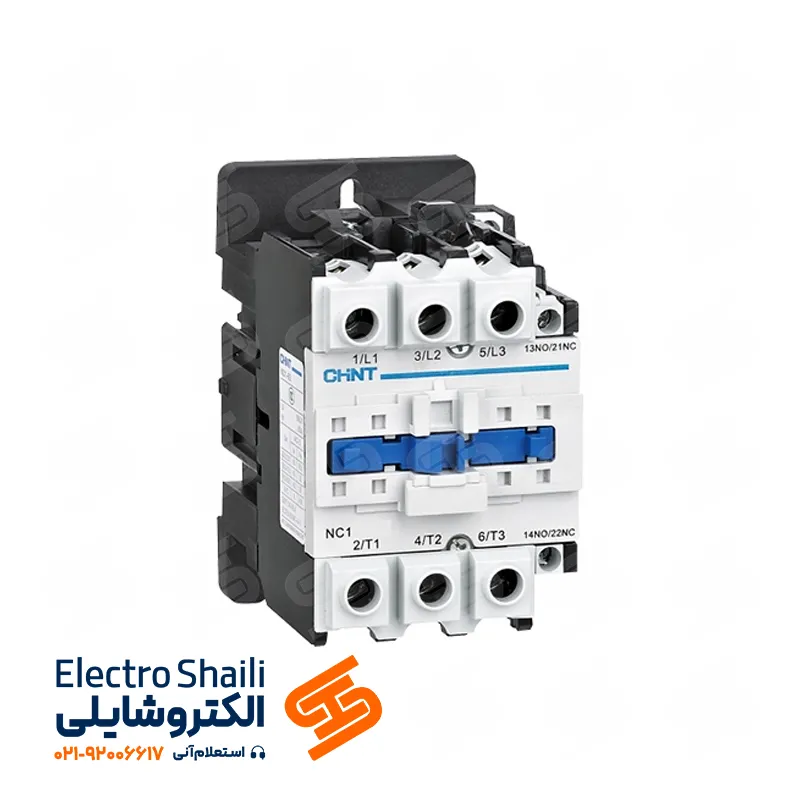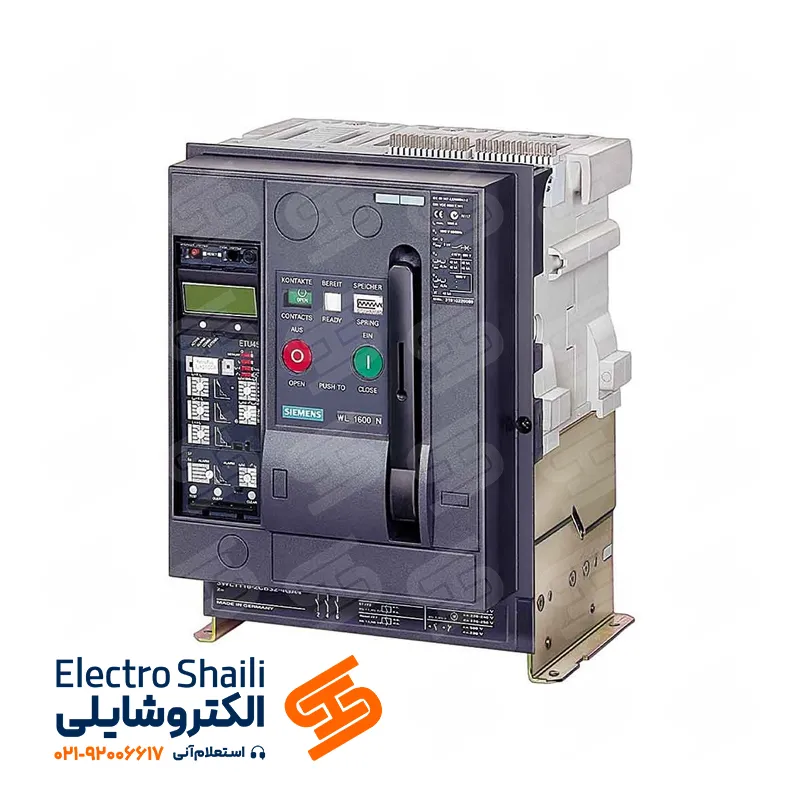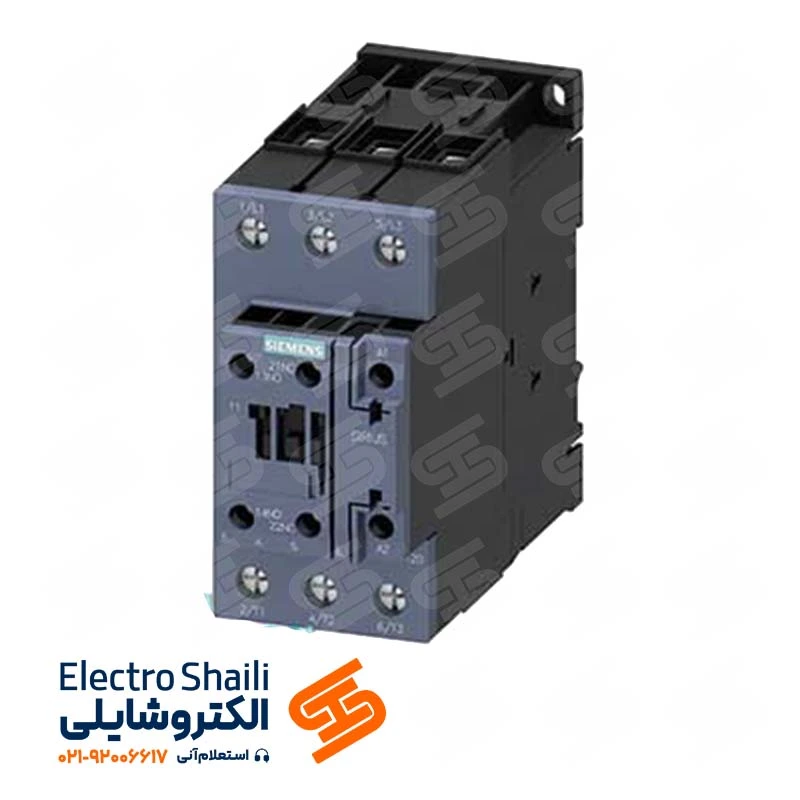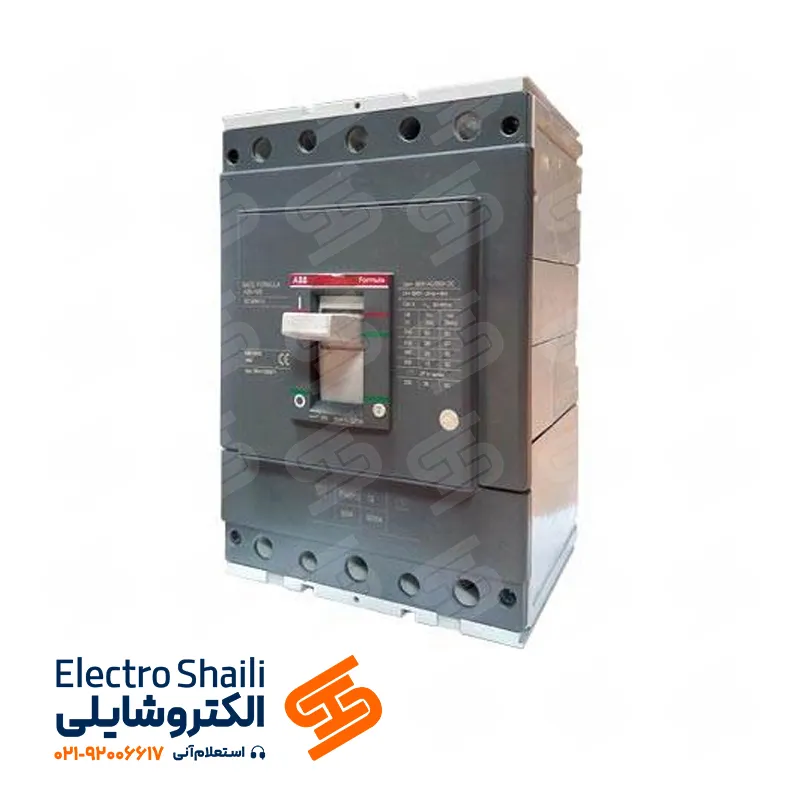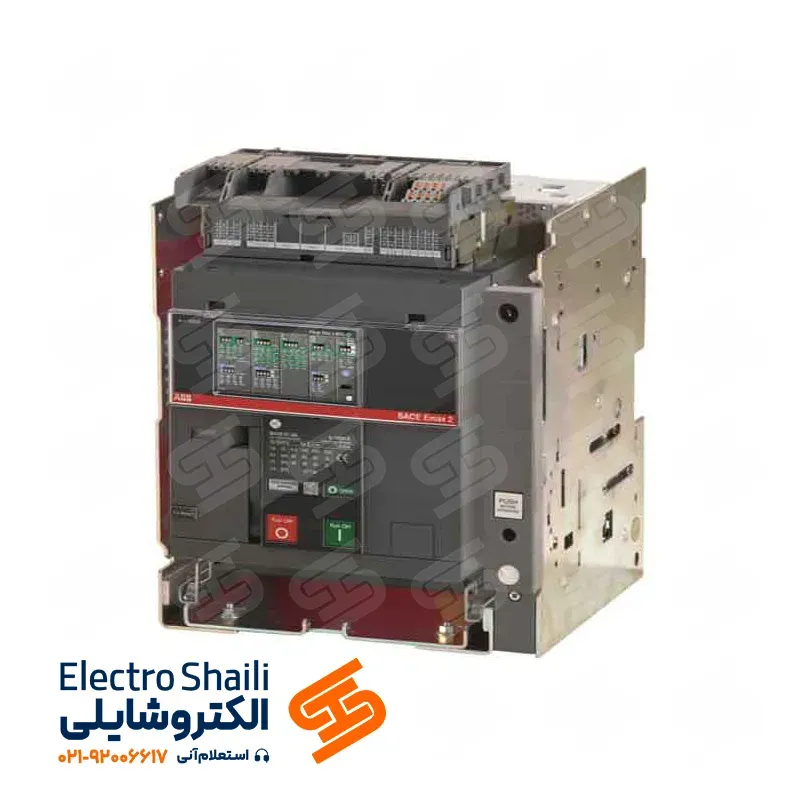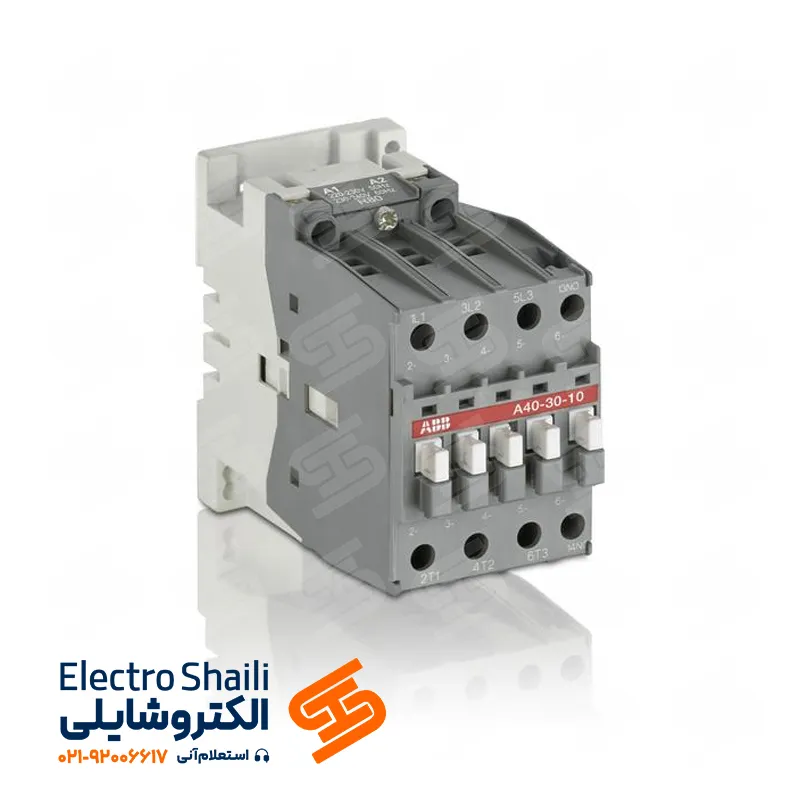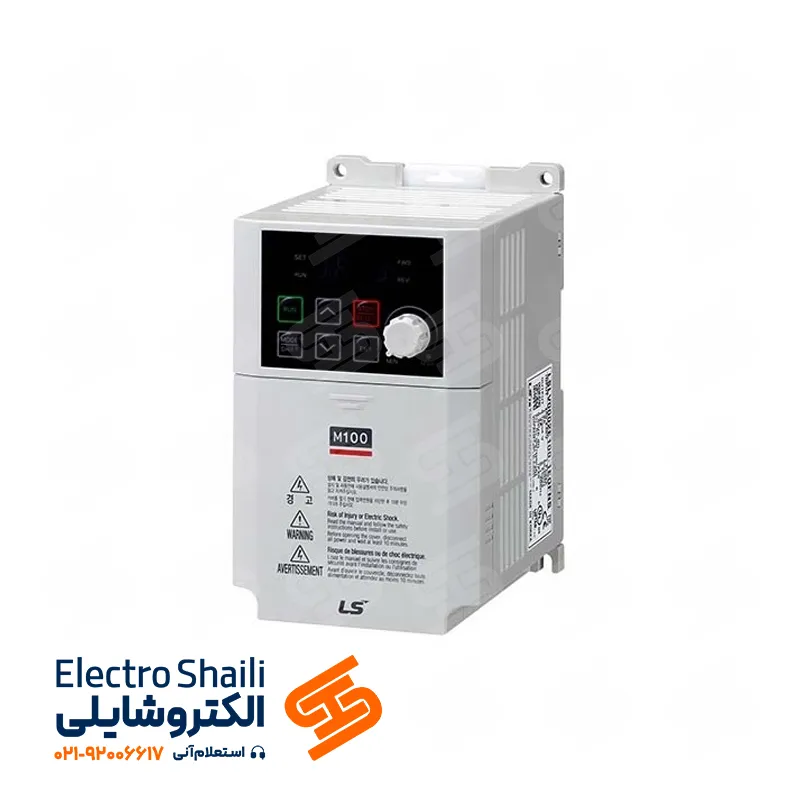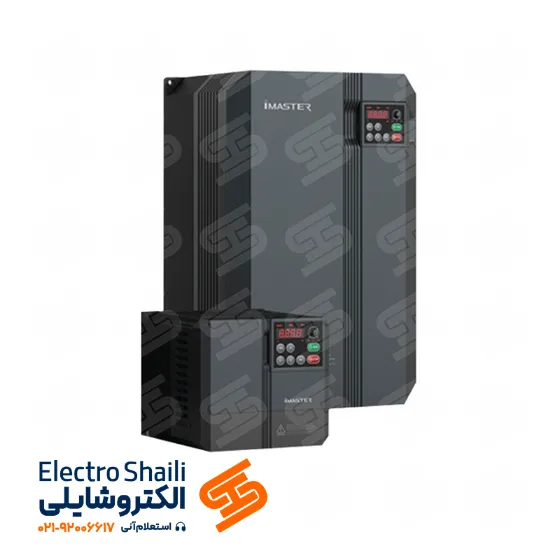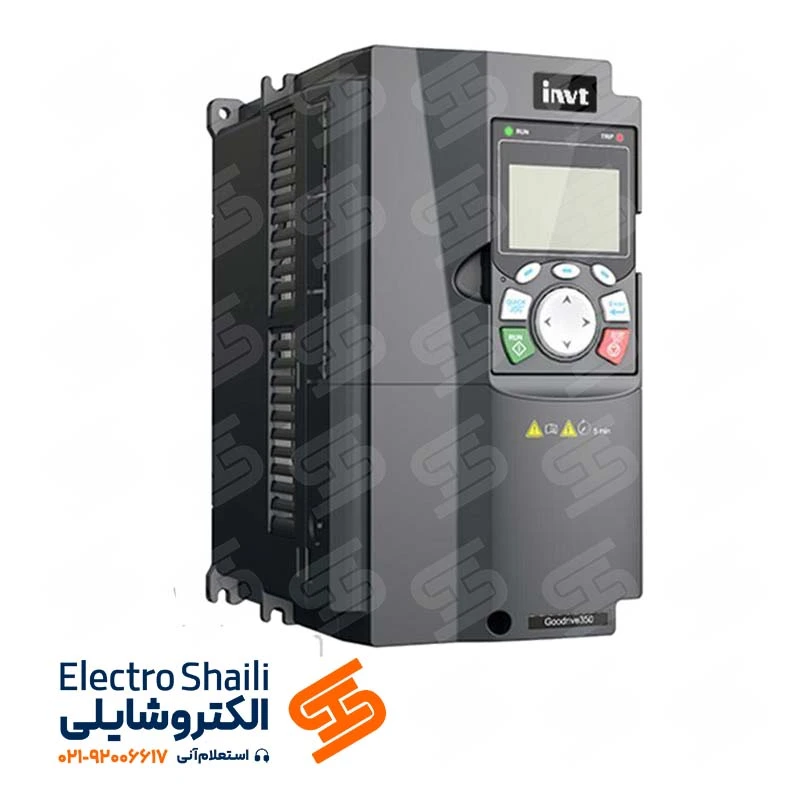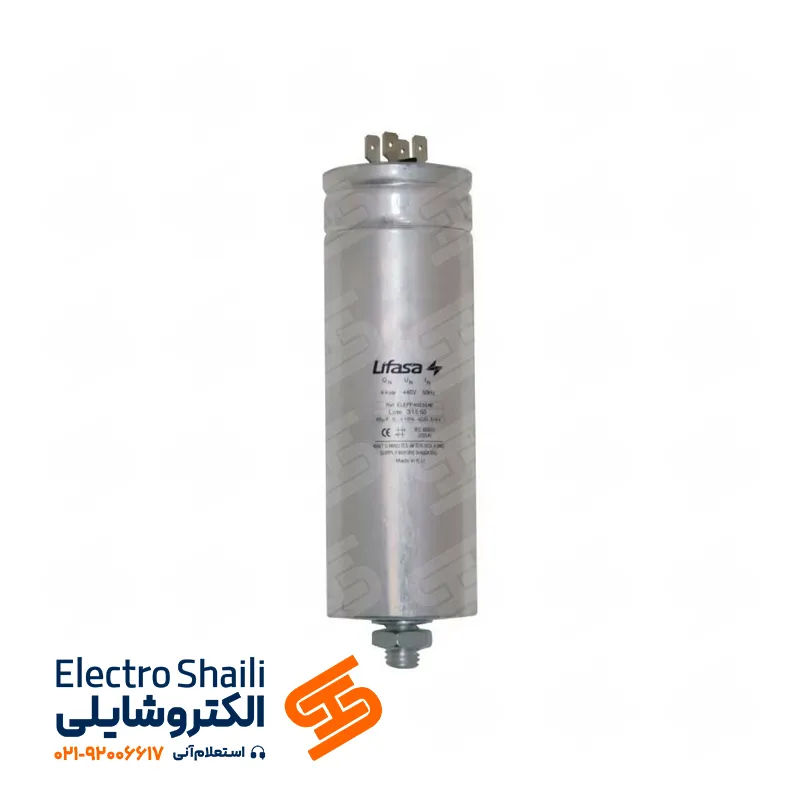Introduction to Auxiliary Contact or Auxiliary Blade and Its Applications:
An auxiliary contact is a vital element in the realm of electrical devices, used in conjunction with contactors. The main difference between an auxiliary contact and a contactor is that the contactor is responsible for establishing and breaking the circuit, while the auxiliary contact is a separate element physically installed on the contactor, improving the communication between electrical devices.
Auxiliary contacts have a wide range of applications. This equipment is well-suited for use in industrial control and automation systems, often used in combination with contactors, automatic switches, and other electrical equipment. The installation and use of auxiliary contacts enhance flexibility and efficiency in electrical systems.
In particular, auxiliary contacts are noticeable in cases where we need to control the input and output of information for automatic activities or safety. This equipment, with reliable and stable features, provides users with precise and safe control in electrical systems.
What is an Auxiliary Contact?
An auxiliary contact is an essential device in electrical systems, connected separately and independently to contactors or switches with connection capabilities. Primarily designed for use in control circuits, this equipment can tolerate currents up to 600 amperes and more.
The auxiliary blade is commonly used in control circuits because its ability to tolerate high currents makes it suitable for this purpose. In some models of contactors, NC (Normally Closed) and NO (Normally Open) blades are not present, hence the need for a separate auxiliary contact.
The selection of an auxiliary contact should be made considering the brand and model of the desired equipment. Often, these devices do not have the capability to connect to each other, so attention to the details of the model and brand is important.
Auxiliary contacts typically tolerate currents up to 6 amperes and are used in control circuits. This equipment is less commonly used in power circuits with lower power. The status of the auxiliary blades changes with the opening or closing of the contactor. For example, when the coil of the contactor is energized at terminals A1 and A2, the normally closed blades open, and the normally open blades close. The auxiliary blade is carefully designed and implemented in most contactor models.
Special Application of Auxiliary Contact in the Electrical Industry
The auxiliary contact is a vital tool in industrial electrical control circuits, playing a key role in the operation and control of electric motors. The NO (Normally Open) blade of this contact acts as a self-holding blade when turning the electric motor on or off. This blade is connected to a PLC (Programmable Logic Controller) and, in the ON state of the device, closes to supply power to the coil. The activity of the contactor continues until the stop button is pressed.
There are broader applications for these auxiliary blades, including:
Centralized control of lighting in large installations
Use in various industries, offices, and hotels
Employment in contactor coil wiring to save electricity
Utilization in the start-up and operation of electric motors
Given this diversity in applications, the auxiliary contact is recognized as a reliable and efficient tool in industrial electrical systems.
Complete Understanding of Various Types of Auxiliary Contacts
In the complex and diverse world of the electrical industry, various types of auxiliary contacts exist to perform different tasks and enhance the performance of electrical systems. These contacts, acting as information receivers, are installed on the main contactor and, as a result, are divided into various types in terms of installation, including side-mount, front-mount, and bottom-mount.
Furthermore, there are different types of auxiliary contacts, each with its own unique features and functions. For example:
– Double NO (Normally Open) and Double NC (Normally Closed) contacts
– Double NO contacts
– Double NC contacts
– One NO and One NC contact
– One NO and Three NC contacts
– Three NO and One NC contacts
– Four NO contacts
Each of these types of contacts is used based on specific needs and configurations in electrical systems. This diversity allows for the selection of the optimal option for each application, contributing to the improvement of the performance and efficiency of electrical systems.
What is the Difference Between an Auxiliary Contact and the Main Contactor?
The main contactor has several auxiliary blades installed on it. While these two devices may appear similar, the main difference between them is evident in their functionality and applications.
Main contactors are used for connecting and disconnecting high-power electrical circuits. These devices utilize auxiliary contacts, which play a primary role in controlling and providing output signals.
These auxiliary contacts work to connect multiple contactors in series and are also used to connect tools such as relays to the main contactor. This difference in their use and performance plays a crucial role in optimizing the performance of electrical systems.
Comparison of the Auxiliary Contact Blade in New and Old Contactors
In the past, the number of open and closed contacts was displayed with the letters O and S. For example, if 2S+2O was used, it represented two open contacts and two closed contacts. With technological advancements, modern contactors use a new method to display the number of contacts. Two-digit numbers are used instead of the letters O and S to represent the number of open and closed contacts.
For instance, if the number 22 is displayed on a contactor, it means there are two open contacts and two closed contacts. This change in the display of auxiliary contact blades allows users to understand the number of contacts more accurately and improve the performance of electrical systems.
Conclusion
Due to their high control capability and the ability to generate output signals, auxiliary contacts are considered essential tools in the field of electricity. These contacts, connected through side-mount, top-mount, or front-mount methods on the main contactor, assist in controlling various components of the electrical system in power circuits, contributing significantly to the optimization of electrical system performance.
The widespread use of these contacts in control circuits reflects their importance in controlling the operation of electrical systems. With the ability to connect and disconnect electrical circuits, contactors are regarded as one of the most important and widely used electrical components in the industry.
